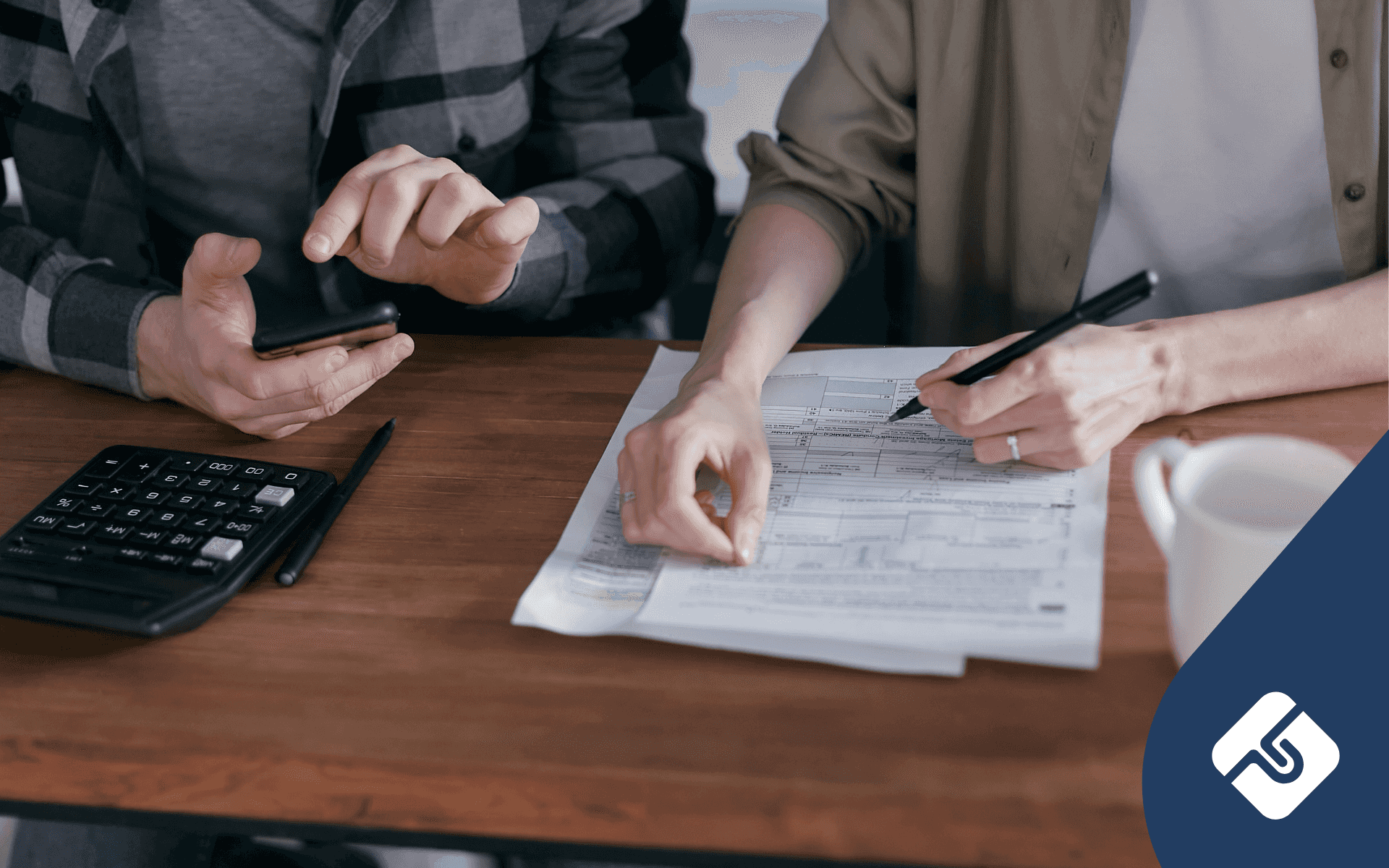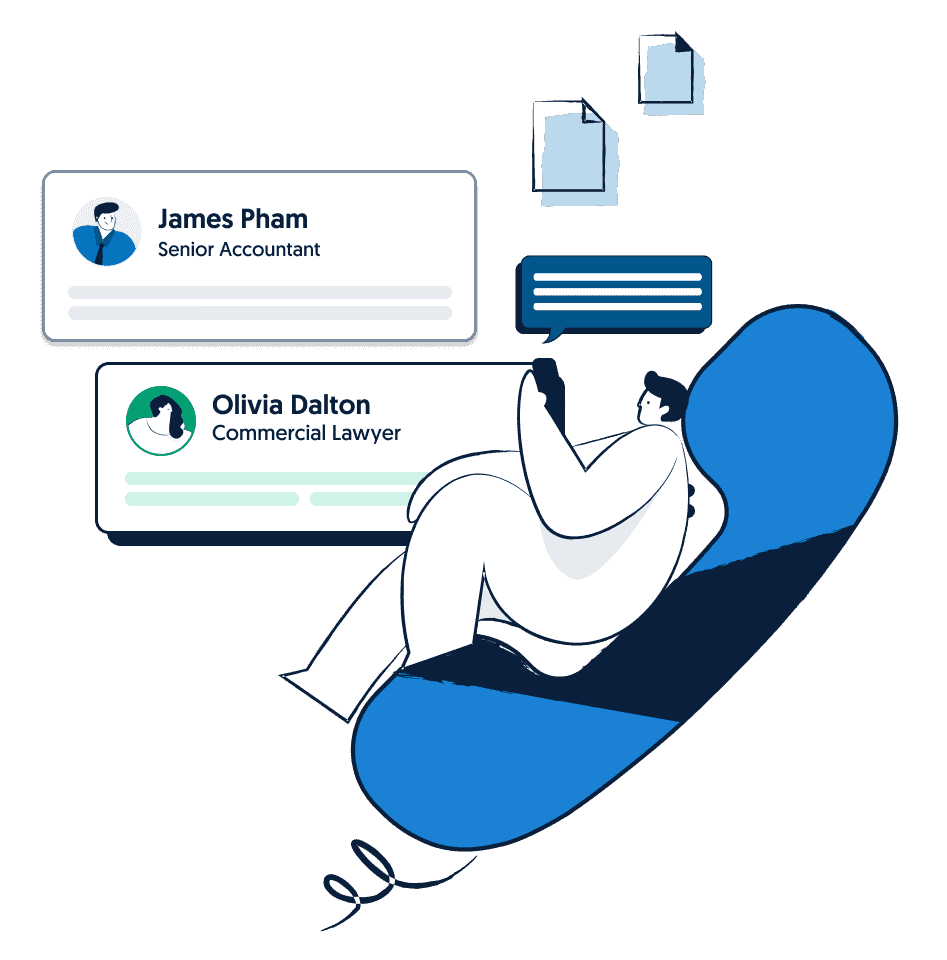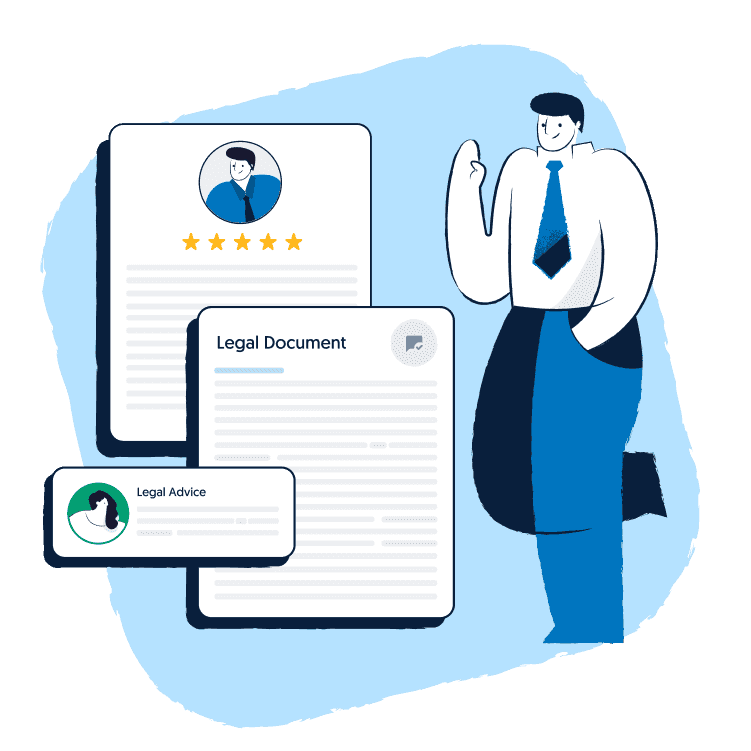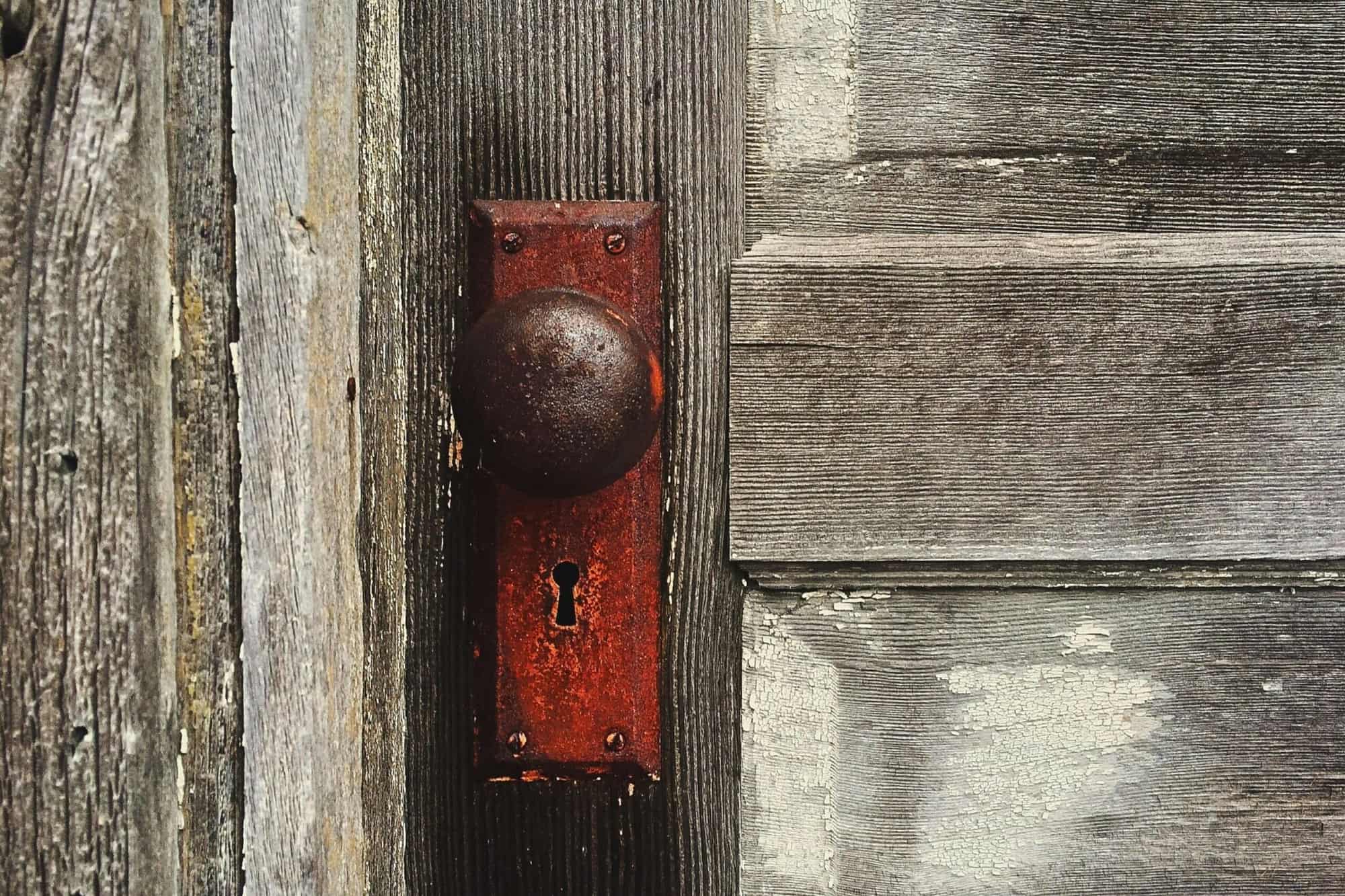Many creatives miss out on valuable tax deductions simply because they are unsure of what qualifies or how to properly document their expenses. Whether you are a graphic designer, performing artist, photographer, or any other type of creative professional, understanding what expenses you can claim is crucial to maximising your income and sustaining your business.
In this guide, we will walk you through the key tax write-offs for creative professionals and how to claim them properly and compliantly.
Table of Contents
Understanding tax deductions for creative professionals
In the context of creative businesses, a tax deduction reduces your taxable income by the amount you spend on business-related expenses. The Australian Taxation Office (ATO) distinguishes between business expenses, which are deductible, and private expenses, which are not.
The general rule is that if an expense is directly related to earning your assessable income, it may be deductible. For creatives, this often includes costs such as equipment purchases (cameras, computers, art supplies), software subscriptions, training courses, and even parts of your home office expenses if you work from home.
Let’s take a closer look at various creative business tax tips and what you can claim on your tax return.
Instant asset write-offs for creative professionals
The instant asset write-off is an Australian tax deduction scheme that allows eligible businesses to claim an immediate deduction for the total cost of qualifying assets. Typically, companies will get tax breaks for an asset over time as it depreciates. In contrast, this scheme allows you to declare the entire amount either when you first use the new asset or when it is installed and ready for use.
Creative professionals who run their own business – either as a sole trader with an ABN, through a compan, or another structure- can use the instant asset write-off rules. Employees in creative industries cannot, and must depreciate their work-related assets subject to normal rules over the useful life of the assets.
Tax deductions for graphic designers
Graphic designers can claim a variety of tax deductions related to their tools and workspace. Common deductible expenses include:
- Hardware such as laptops, tablets, and external drives
- Software subscriptions like Adobe Creative Suite, Canva Pro, or other design tools
- Website hosting and domain registration fees
- Costs associated with maintaining an online portfolio
- Professional development courses and training workshops
- Fees for co-working spaces or studio rentals
- A portion of internet and phone bills proportional to business use
To substantiate your claims, good record-keeping is essential. Also, you should separate personal and business use expenses and keep detailed receipts and logs.
Example calculation
Let’s consider a freelance graphic designer, Emma, who works from home and incurs various business-related expenses throughout the financial year. Here’s how she might calculate her tax deductions:
| Expense Category | Total Annual Cost (AUD) | Business Use % | Deductible Amount (AUD) |
| Laptop (purchased outright) | $2,400 | 100% | $2,400 (depreciated) |
| Adobe Creative Cloud subscription | $840 | 100% | $840 |
| Internet bill | $1,200 | 60% | $720 |
| Phone bill | $1,000 | 50% | $500 |
| Website hosting & domain | $300 | 100% | $300 |
| Online portfolio maintenance | $150 | 100% | $150 |
| Professional development courses | $1,200 | 100% | $1,200 |
| Co-working space fees | $3,600 | 100% | $3,600 |
Calculation Notes
- Laptop depreciation: Since the laptop cost $2,400 and Emma uses it entirely for work, she can claim depreciation over its effective life (usually 2-3 years). Assuming a 3-year effective life, the annual depreciation deduction is: $2,400 / 3 = $800
- Internet and phone bills: Emma tracks her usage and determines that 60% of her internet and 50% of her phone use is for business purposes.
Emma can claim $7,110 in tax deductions for the year related to her graphic design business. Even though she can claim some of the smaller expenses without a receipt, she carefully keeps records of her transactions to ensure ATO compliance.
Tax deductions for performing artists
Performing artists — including actors, dancers, musicians, and comedians — have unique deductible expenses such as:
- Audition fees and costs
- Professional costumes, makeup, and stage attire
- Instrument purchase and maintenance
- Studio or rehearsal space hire
- Agency or union membership fees
- Travel expenses for gigs or performances
- Training, workshops, and rehearsal costs
- Public relations and personal branding expenses
As for all other professions, for a freelance artist, tax deductions must be directly related to professional activities to qualify as deductions.
Example calculation
Let’s take the example of Liam, a professional musician who performs regularly and incurs various business-related expenses over the financial year. Here’s how Liam might calculate his tax deductions:
| Expense Category | Total Annual Cost (AUD) | Business Use % | Deductible Amount (AUD) |
| Audition fees | $500 | 100% | $500 |
| Professional costumes & makeup | $1,200 | 100% | $1,200 |
| Instrument purchase | $3,000 | 100% | $3,000 (depreciated) |
| Instrument maintenance | $600 | 100% | $600 |
| Studio/rehearsal space hire | $2,400 | 100% | $2,400 |
| Agency and union fees | $800 | 100% | $800 |
| Travel expenses for gigs | $1,500 | 100% | $1,500 |
| Training and workshops | $1,000 | 100% | $1,000 |
| Public relations & branding | $700 | 100% | $700 |
Calculation Notes
- Instrument depreciation: Liam purchased a guitar for $3,000, which he uses exclusively for his performances. The ATO typically allows depreciation over the effective life of the instrument, which for guitars is around 5 years. This means that the annual depreciation deduction is: $3,000 / 5 = $600
- All other expenses are immediately fully deductible as they relate 100% to his professional activities.
Liam can claim $8,800 in tax deductions related to his career as a performing artist.
Tax deductions for photographers and videographers
Photographers and videographers can claim deductions on a range of industry-specific expenses, including:
- Camera bodies, lenses, lighting, and accessories
- Equipment insurance
- Editing software such as Adobe Lightroom, Photoshop, or Final Cut Pro
- Studio rent or hire fees
- Props, backdrops, and set materials
- Travel expenses to and from shoots
- Marketing costs, including website maintenance and advertising
Because equipment is often used for both business and personal purposes, maintaining logbooks to track business use is important. This ensures accurate claims for depreciation and usage-related expenses.
Example calculation
Consider Sarah, a professional photographer and videographer, who has various business expenses throughout the financial year. She uses some equipment exclusively for work and some partially for personal use. Here’s how she might calculate her tax deductions:
| Expense Category | Total Cost (AUD) | Business Use % | Deductible Amount (AUD) |
| Camera body and lenses | $5,000 | 80% | $5,000 depreciated × 80% |
| Lighting and accessories | $1,200 | 100% | $1,200 |
| Equipment insurance | $400 | 100% | $400 |
| Editing software subscription | $600 | 100% | $600 |
| Studio rent | $3,600 | 100% | $3,600 |
| Props and backdrops | $800 | 100% | $800 |
| Travel expenses to shoots | $1,500 | 100% | $1,500 |
| Marketing and website costs | $1,000 | 100% | $1,000 |
Calculation Notes
- Camera depreciation: The $5,000 camera gear is used 80% for business. The ATO requires depreciation over the effective life of the equipment (typically 3-5 years for cameras). Assuming a 5-year effective life, the annual depreciation is: $5,000 / 5 = $1,000 per year. Applying 80% business use: $1,000 × 0.8 = $800 deductible this year
- Other equipment and expenses are fully deductible as they relate 100% to business.
Sarah can claim $9,900 in tax deductions for her photography and videography business this year. By maintaining detailed records and logbooks, especially for mixed-use items like her camera gear, she ensures compliance with ATO rules.
Tax deductions for other creative businesses
There are various other types of business expenses for creatives that are eligible for ATO claims. Here are some examples.
| Creative Profession | Common Tax Deductions |
| Illustrators & Animators | Software licenses, drawing tablets, art supplies |
| Writers | Reference books, courses, home office setup |
| Craft-based Businesses | Materials, Etsy or marketplace fees |
| Content Creators | Cameras, microphones, online platform fees, influencer marketing costs |
| Fashion Designers | Fabric and materials, sewing machines, design software, runway/show costs |
| Musicians & Composers | Instruments, sheet music, recording equipment, studio hire |
| Digital Marketers | Advertising costs, analytics software, training courses |
| Game Developers | Software licenses, hardware, testing devices, online platform fees |
These deductions reflect the diverse nature of creative work but share the common principle of claiming expenses that relate directly to income generation.
How to keep good records as a creative business
Effective record-keeping is vital to claim all of your deductions while complying with ATO requirements. Best practices include:
- Using accounting software tailored for small businesses or freelancers
- Keeping all receipts and invoices for purchases and expenses
- Separating personal and business expenses clearly
- Maintaining logs for mixed-use items like vehicles or equipment
- Setting aside money regularly to cover tax liabilities
The ATO requires records to be kept for at least five years after filing your tax return, so organisation and consistency are key.
Common mistakes creatives make with tax deductions
Creative professionals often face unique challenges when managing their tax affairs, leading to common mistakes that can reduce their eligible deductions or even trigger ATO audits. Here are some typical errors and how you can mitigate these risks.
1. Claiming personal expenses as business deductions
Many creatives inadvertently claim expenses that are partly or wholly personal, such as phone bills, internet costs, or equipment used for both work and leisure. The ATO requires that only the business-use portion of these expenses be claimed. Overclaiming personal expenses can lead to penalties or the need to repay deductions.
Compliance tips:
- Keep detailed usage logs to accurately split business and personal use.
- Only claim the proportion of the expense that directly relates to your creative business.
- Use separate business accounts or credit cards to help segregate expenses.
- Regularly review your claims to ensure they reflect actual business use.
2. Overlooking depreciation on expensive equipment
Creative professionals often invest in costly equipment like cameras, computers, or instruments. Failing to claim depreciation means missing out on spreading the cost of these assets over their useful life, reducing your annual deductible amount.
Compliance tips:
- Understand the ATO’s depreciation rules and effective life estimates for your equipment.
- Choose the appropriate depreciation method (e.g., straight-line or diminishing value).
- Keep purchase receipts and maintain a register of assets.
- Consider instant asset write-offs if eligible, to claim the full cost in the year of purchase.
3. Poor or incomplete record keeping
Inadequate documentation, such as missing receipts, unclear invoices, or unorganised records, can lead to denied deductions or difficulties substantiating claims during an ATO audit.
Compliance tips:
- Use accounting software or apps designed for creatives to track income and expenses.
- Store all receipts, invoices, and bank statements digitally or in a well-organised filing system.
- Record the purpose of each expense and keep notes on business use percentages for mixed expenses.
- Retain records for at least five years as required by the ATO.
4. Failing to register for GST when turnover requires it
If your annual turnover exceeds the GST registration threshold (currently $75,000 in Australia for for-profit taxpayers), you must register for GST. Not doing so can result in penalties and owing back GST payments.
Compliance tips:
- Monitor your turnover regularly to know when you approach the threshold.
- Register for GST promptly through the ATO website once you exceed the limit.
- Understand your GST obligations, including charging GST on invoices and lodging Business Activity Statements (BAS).
- Use accounting software that supports GST tracking and reporting.
When to get help from a tax professional
Working with an accountant or tax professional familiar with the creative industries can save you time and money. They can help identify all eligible deductions, ensure compliance with tax laws, and provide tailored advice to optimise your financial situation. This support is especially valuable if you are juggling multiple roles or your business is growing rapidly.
FAQ
Can I claim a home office as a creative freelancer?
Yes, if you use part of your home exclusively for work, you can claim a portion of expenses like rent, utilities, and internet related to that space.
How do I prove my creative expenses to the ATO?
Keep detailed receipts, invoices, and records showing how expenses relate to your business activities. Logbooks for mixed-use items are also helpful.
Can graphic designers claim software and internet expenses?
Absolutely. Software subscriptions and the work-related portion of internet costs are deductible when used for your graphic design business.
Getting taxes right as a creative professional
Understanding ATO tax deductions for creatives in Australia empowers you to keep more of your earnings and invest back into your craft. From graphic designers to performing artists and photographers, recognising deductible expenses and maintaining good records are essential steps.
For tailored advice and to ensure business tax compliance, get in touch with Lawpath. Our experts know the ins and outs of the Australian taxation system and will help you every step of the way.









